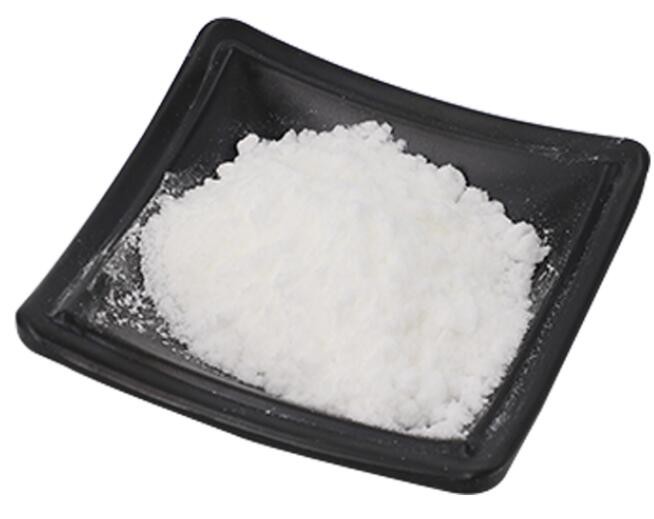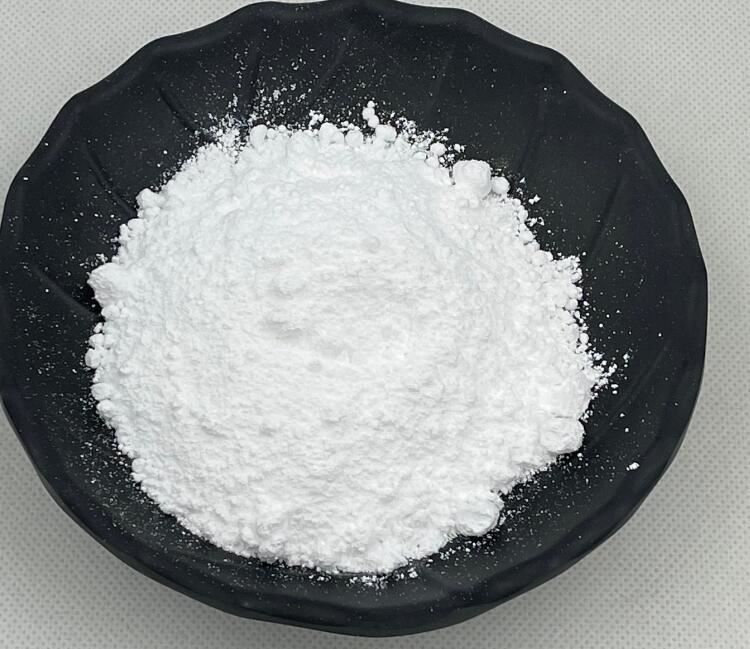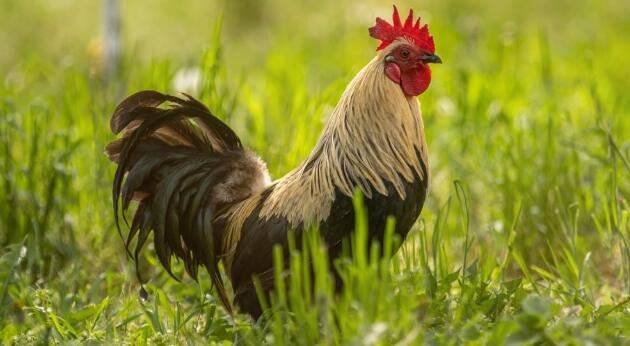Please send me an email
Follow Us:
CAS Number: 67-97-0
English name: VitaminD3
English synonyms: WSSD3;Ebivit;Oxarol;ViDe3;Deparal;rampage;MC1275;CALCIOL;Prezios;Devaron
CBNumber:CB6104867
Molecular formula: C27H44O
Molecular weight: 384.64
Type:Feed Grade
Efficacy:Promote Healthy & Growth, Promote Nutrition
Advantage :Bulk stock in USA warehouse,Hot sale in USA Marketing;
Vitamin D3 is fat-soluble, insoluble in water, and can only be dissolved in fat or fat solvents. It can withstand high temperature and oxidation in neutral and alkaline solutions. According to experiments, heating at 130C for 90 minutes, its physiological epidemic is still not destroyed, but it is gradually decomposed and destroyed under acidic conditions. Normal food will not be lost during cooking and adding styles, but when fatty acids fail, it can cause vitamin D3. Destruction. There are two measurement units for vitamin D3, namely the weight unit and the international unit. 1 microgram of D3 is equivalent to 40 international units; or 1 international unit of vitamin D3 is equivalent to 0.025 micrograms of cholecalciferol.
Vitamin D3 is the most abundant in sea liver. For example, every 100 grams of cod, flounder and swordfish liver contains 3,200 to 750 micrograms, 500 to 10,000 micrograms, and 25,000 micrograms of vitamin D, respectively. Others, such as herring, salmon, sardines and pomfret, contain a small amount; poultry liver, eggs and milk also contain a small amount, and the content per 100 grams is below 100 micrograms. In general, it is not easy to get enough vitamin D3 from food alone, so it is a particularly important way to synthesize vitamin D3 in the body through sunbathing.

| Vitamin D3 / Cholecalciferol Specification | |
| Specification | Powder: 100,000IU/G; 500,000IU/G;40M IU/G |
| Specification | Oil: 1.0M IU/G |
| Quality standard | USP |
| Package | Net 20-25kg cardboard cartons/drums |
| Product availability | 20mt/month |
| Delivery time | 2-3 weeks |
| Sample | Free or negotiated |
| Certificates | GMP,BRC,FSSC,HACCP,ISO,KOSHER & HALAL |

1. Bone mineralization
Lack of vitamin D3 or lack of its metabolites can cause obstacles to the calcification process, which can lead to weak bones, especially in fast-growing chickens. The so-called “weak leg syndrome” in commercial broiler flocks is due to a certain extent that the biosynthesis of calcitriol is insufficient to meet the physiological needs of bone development. The most common symptoms in broiler flocks are tibial chondrodysplasia and femoral degeneration.
2. Reduced hatchability
Breeding hens only transfer vitamin D3 into the egg yolk to meet the needs of embryonic development, and do not transfer vitamin D3 into the egg yolk. The embryo’s kidney produces enzymes and ascorbic acid, which convert vitamin D3 into calcitriol. When the hen lacks vitamin D3, the amount of vitamin D3 transferred into the yolk will be reduced, thereby indirectly reducing the synthesis of calcitriol. If a sufficient amount of calcitriol is not synthesized, the embryo can not use the calcium and phosphorus reserves in the eggshell and regulate the calcification process. Poor calcification of embryonic bones will result in a soft beak, and when the chicks are hatched, the chicks cannot peck out of the shell.
3. Growth rate and feed utilization
’S adverse effect on growth rate and feed utilization is mainly due to the damage of long bones due to mineral metabolism, which in turn affects the chicken’s exercise ability, which is not conducive to its search for feed and drinking water. The most sensitive stage for broilers is within 3-4 weeks of age, because this stage is the stage where the broiler grows the fastest and uses the most effective feed.
4. Decreased egg production rate
Commercial layer hens will experience a sudden and sharp drop in egg production rate due to the short-term depletion of body calcium reserves after the peak of egg production. Such a drop in egg production rate can last for 3-4 weeks, and then gradually return to nearly normal with the reconstruction of body calcium reserves.
5. Hypocalcemia
Insufficient intake of vitamin D3 will lead to a decrease in the synthesis of calcitriol, and a decrease in the level of plasma calcitriol will harm the calcium balance in the body and cause hypocalcemia. This disease has been observed in commercial layer flocks and breeder flocks, and is characterized by ataxia and paralysis.
6. Embryo death
The skeletal development of the embryo is directly related to the vitamin D3 status of the breeding hens, especially related to the metabolites of vitamin D3, which are preferentially deposited in the egg yolk to meet the needs of the embryo development for vitamin D3. During embryonic development, the vitamin D3 in the egg yolk is converted into calcitriol in the embryo’s kidney. Calcitriol can promote the body’s use of calcium and phosphorus in eggshells, and regulate the calcium balance in the body and the calcification process of embryonic bones.
Increased metabolic requirements (such as peak egg production) or liver disease or digestive disorders will lead to insufficient supply.
During the incubation period, the initial development of the embryo can be normal, and the impact on the growth of the embryo depends on the severity of the deficiency. The characteristic feature is that the growth of the embryo is blocked, and embryo death occurs from the 17th day of incubation. Some embryos can develop to the moment of hatching, but the chicks will not be able to break out of the shell due to the problem of the soft beak. Except for the soft beak and skeletal deformities, there were no other lesions during the necropsy.
7. Addition of vitamin D3 in feed
Under commercial breeding conditions, the affected chicken flocks must be treated urgently. Commercial vitamin D3 preparations usually used in feeds are not suitable for addition to drinking water. If vitamin D3 is added to drinking water, a special preparation for drinking water must be used. The daily requirement of vitamin D3 for different chicken breeds and different chicken ages must be used to calculate the addition rate of drinking water. Generally speaking, vitamin D3 deficiency can be recovered after about 1 week after administration of vitamin D3 preparations. The feed supplemented with vitamin D3 must be fed simultaneously and continuously, and the addition rate in the feed must also be determined according to the requirements of different chicken breeds and different ages.

Vitamin D3 Supplier
Green Agri enjoys long term relationships with our clients because we focus on customer service and providing great products. If you are interested in our products, we are flexible with the customization of orders to suit your specific need and our quick lead time on orders guarantees you’ll have great tasting our products on-time.
We also focus on value-added services. We are available for service questions and information to support your business.
Why Choose Vitamin D3?
Green Agri specialize in Vitamin D3 for sale for several years, we supply products with competitive price, and our product is of the highest quality and undergoes strict, independent testing to ensure that it is safe for consumption around the world.
Where to buy Vitamin D3?
Just send email to info@greenagribio.com , or submit your requirement in bottom form, we are of service at any time!
Hot Tags: vitamin d3